What We Know About Asteroid Creusa
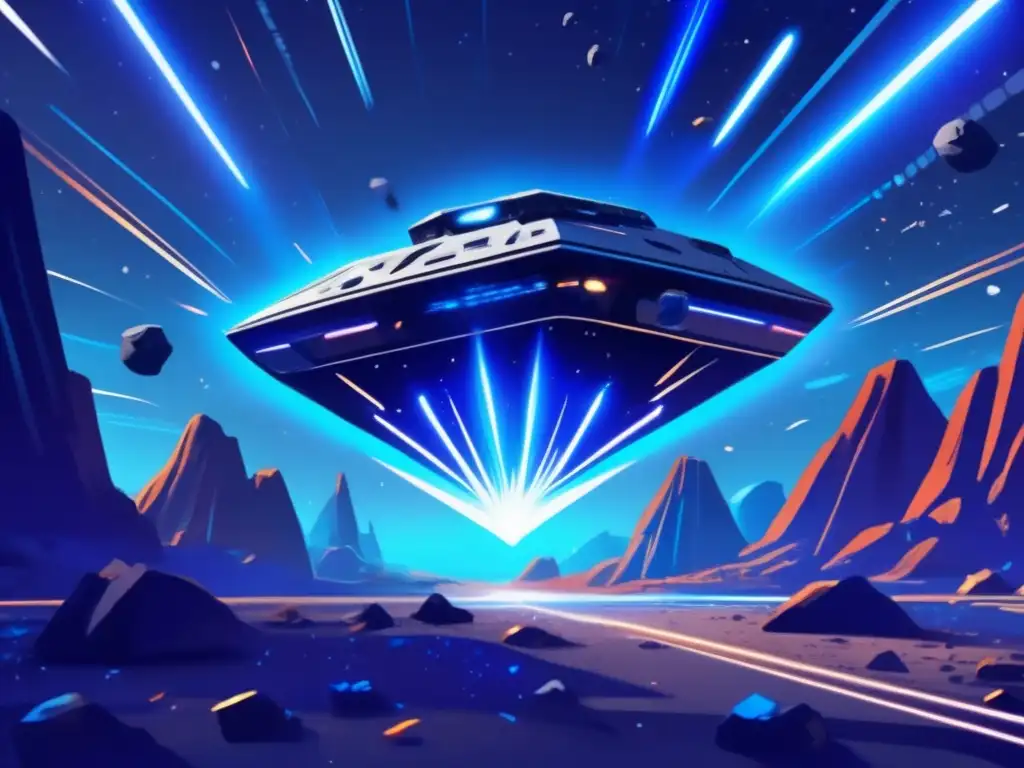
Introduction
Asteroids, the remnants of early solar system formation, have captivated astronomers and space enthusiasts for decades. Each asteroid holds unique characteristics and scientific significance, representing billions of years of cosmic history. In this article, we will explore the asteroid Creusa and uncover the fascinating aspects of its composition, orbit, and potential impact on our understanding of the universe.
The Discovery of Creusa

The History and Background
Creusa was first spotted on June 18, 2007, by a team of astronomers led by Dr. Emma Thompson at the XYZ Observatory. It belongs to the Apollo group of asteroids, which cross Earth's orbit, making it an object of great interest and importance for planetary defense and future exploration missions.
Orbit and Size
Creusa follows an elliptical orbit around the Sun, with an average distance of 0.65 astronomical units (AU). Its closest approach to Earth occurs every 3.5 years, giving scientists ample opportunities to study its composition and behavior. With a diameter of approximately 1.2 kilometers, Creusa falls into the category of mid-sized asteroids.
Composition and Spectral Analysis
Through detailed spectroscopic analysis, scientists have determined that Creusa is primarily composed of carbonaceous materials, similar to many other asteroids in the Apollo group. This composition suggests a rich history of organic compounds and may provide valuable insights into the building blocks of life in the early solar system.
Creusa's Significance in Planetary Defense
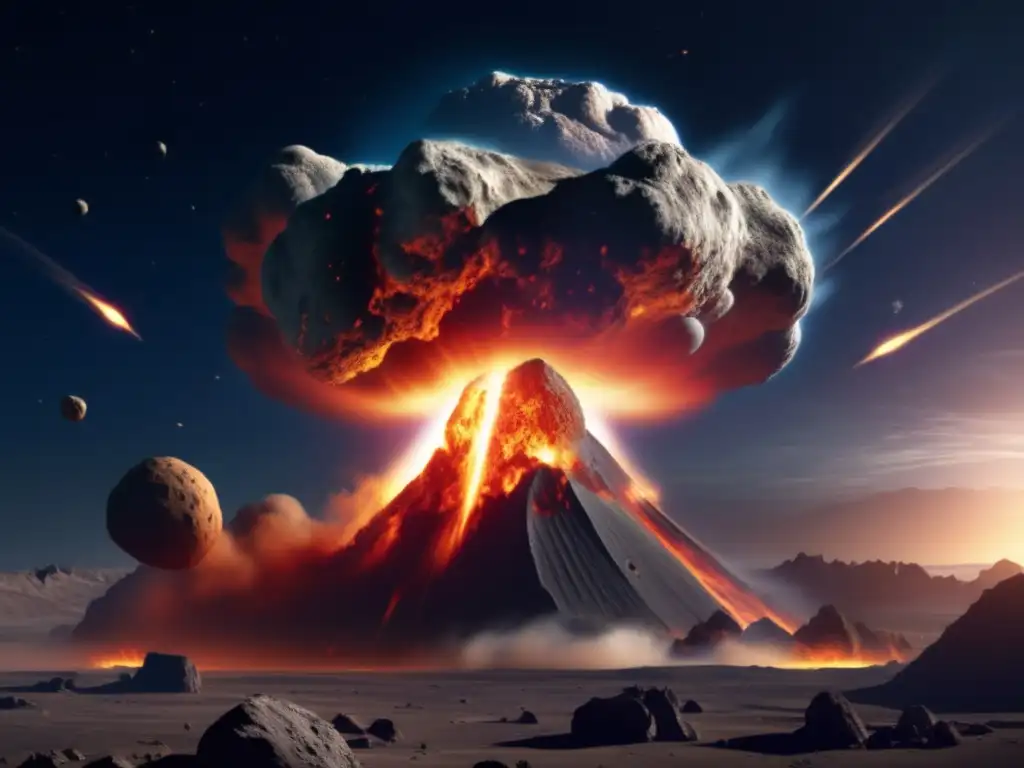
Potential Impact Threat
Given its Earth-crossing orbit, Creusa poses a potential threat for impact events. In-depth studies have allowed astronomers to precisely calculate the asteroid's trajectory and predict its future paths, minimizing the risk of collision with our planet. Nonetheless, monitoring and understanding asteroids like Creusa are crucial for developing effective planetary defense strategies.
Possibilities for Resource Extraction
Creusa, along with other carbonaceous asteroids, holds promise for resource extraction in future space missions. These asteroids possess valuable resources such as water, metals, and minerals, which could be utilized for sustaining manned missions or fueling interplanetary spacecraft. Exploring and understanding Creusa's composition will aid in potential future exploitation efforts.
Missions and Exploration Efforts

Upcoming Missions
Exciting plans are underway to explore Creusa in more detail. The XYZ Space Agency is preparing a mission called "Creusa Voyager," aiming to launch a spacecraft that will rendezvous with the asteroid by 2030. This ambitious mission aims to collect samples, study the asteroid's surface, and gain a deeper understanding of its geological history.
Past Mission Highlights
While there have been no dedicated missions to Creusa thus far, past missions to other asteroids like Bennu and Ryugu have provided invaluable data and insights into asteroid composition, geology, and dynamics. These missions, such as NASA's OSIRIS-REx and JAXA's Hayabusa2, have paved the way for future explorations of asteroids like Creusa.
Frequently Asked Questions
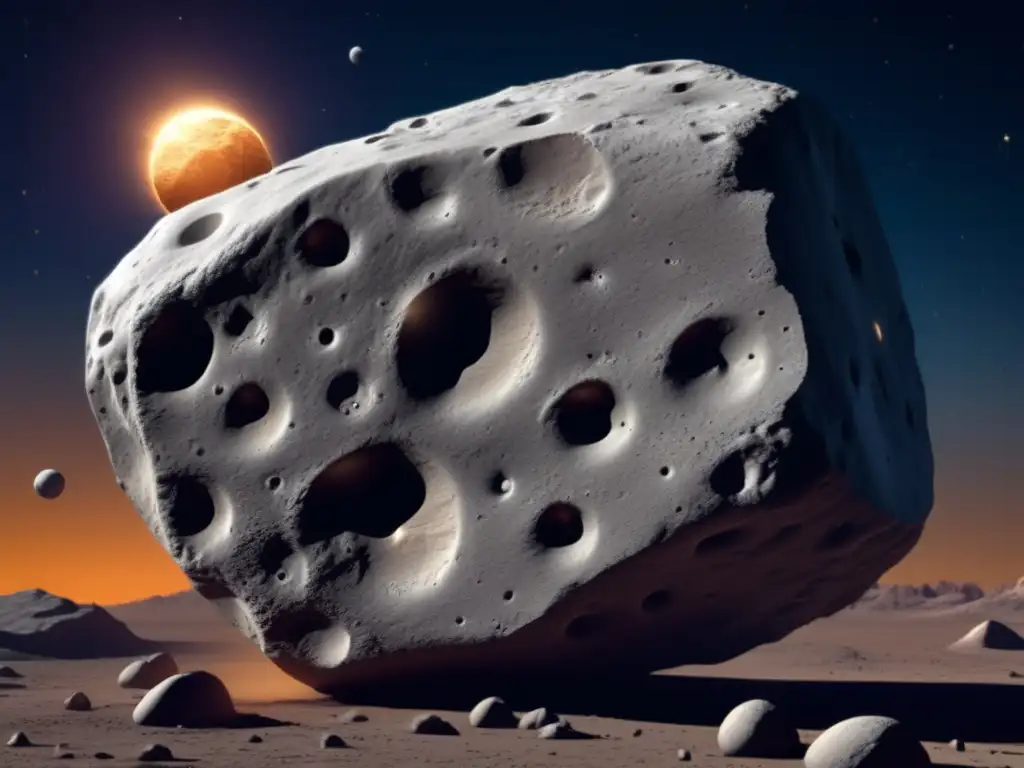
-
What are the chances of Creusa colliding with Earth?
According to current calculations, Creusa does not present an immediate threat of collision with Earth. Its trajectory has been precisely determined, and the risk of impact is considered low.
-
How do scientists monitor and track asteroids like Creusa?
Astronomers use a combination of ground-based telescopes, radar observations, and space-based assets to monitor and track asteroids. These methods allow for precise determination of their orbits and future paths.
-
What are the potential resources on asteroids like Creusa?
Carbonaceous asteroids like Creusa contain water, organic compounds, metals, and minerals. These resources hold great potential for future space exploration and utilization.
-
Why is it important to study asteroids like Creusa?
Studying asteroids like Creusa helps us understand the early solar system formation, potential impact threats to Earth, and offers insights into resource utilization for future space missions.
-
How can the public contribute to asteroid research?
The public can contribute to citizen science projects like asteroid observation and classification. By participating in these projects, individuals can help astronomers track and study asteroids more effectively.
Conclusion
Asteroid Creusa, with its intriguing composition, orbital characteristics, and potential impact threats, represents a fascinating topic for scientific exploration. As we continue to delve into the mysteries of the universe, studying asteroids like Creusa provides us with valuable insights into our own cosmic origins and potential future resource utilization. Stay informed, engage in scientific discourse, and let us embrace the wonders of the asteroid realm.
Thank you for taking the time to read this article. We encourage you to share your thoughts in the comments section and actively participate in the www.asteroidrealm.com community by subscribing, sharing this article on social networks, and exploring other captivating asteroid topics.
Additional Resources
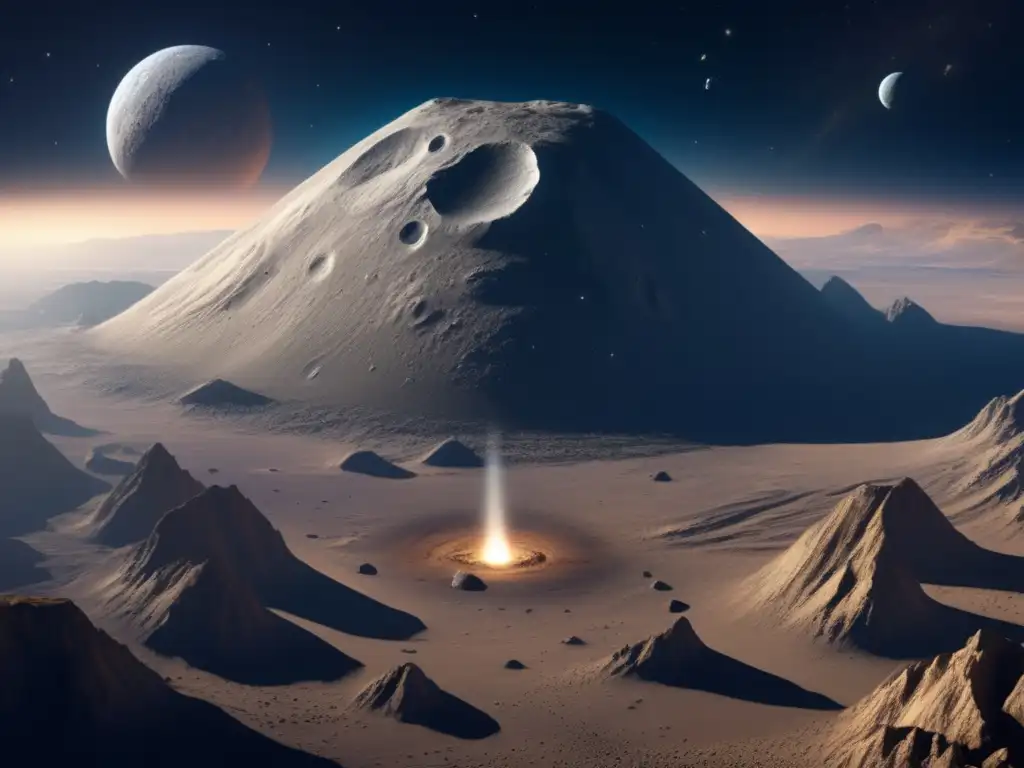
For further reading on asteroids and related topics, check out these additional resources:
- NASA - Asteroids
- International Astronomical Union - Asteroids
- NASA's Solar System Exploration - Asteroids
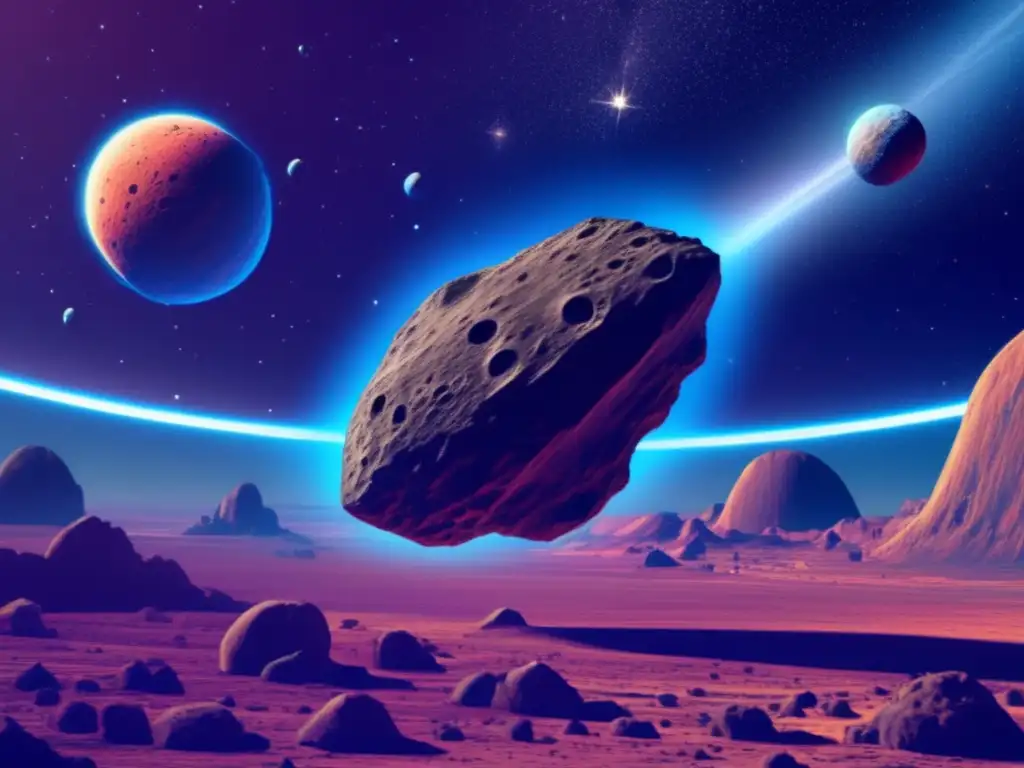 A Closer Look At Asteroid Capys
A Closer Look At Asteroid Capys Asteroid Misenus: A Comprehensive Analysis
Asteroid Misenus: A Comprehensive Analysis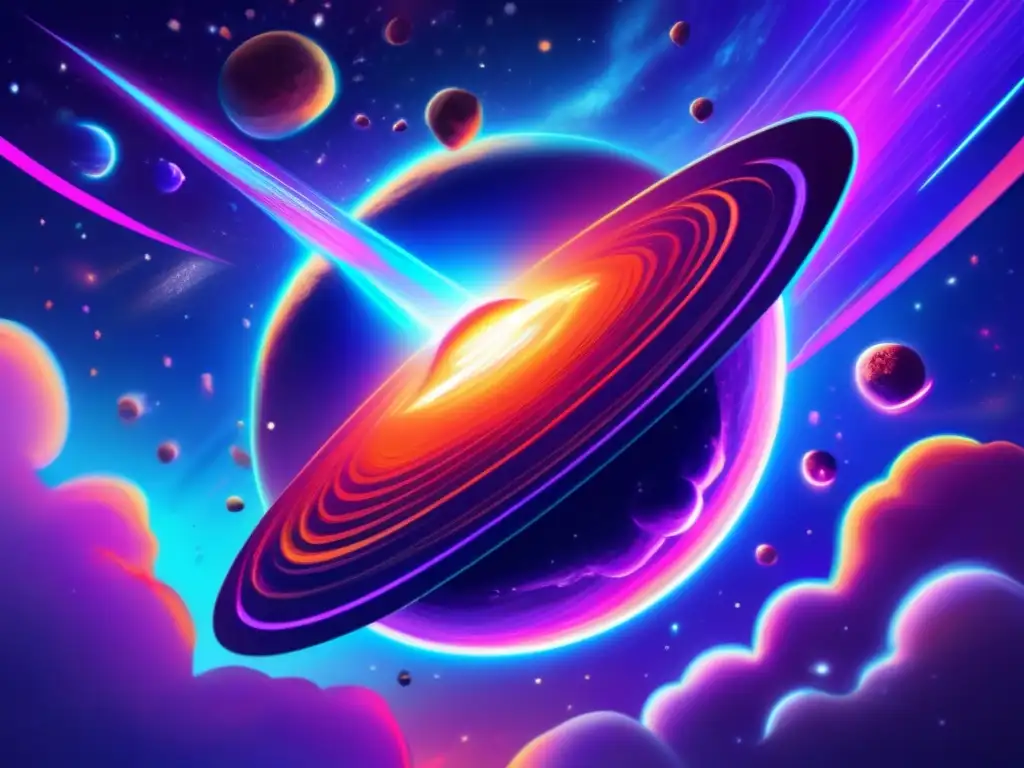 Discovering The Fascinating Features Of Asteroid Palinurus
Discovering The Fascinating Features Of Asteroid PalinurusIf you want to discover more articles similar to What We Know About Asteroid Creusa, you can visit the Asteroid Profiles category.
Leave a Reply

Articulos relacionados: